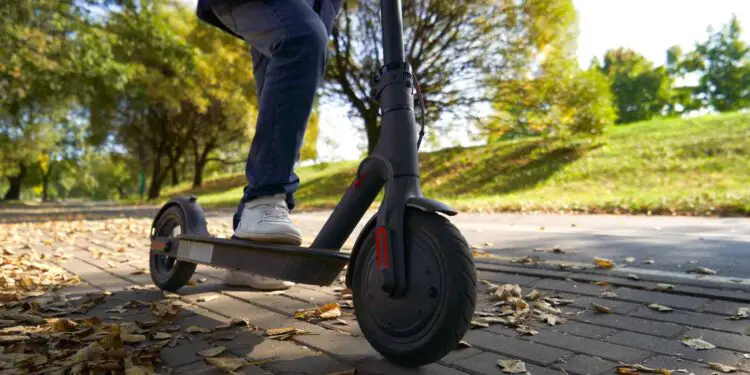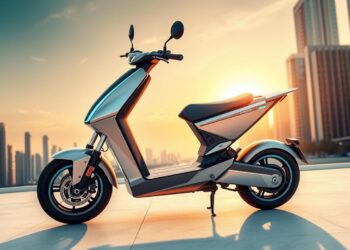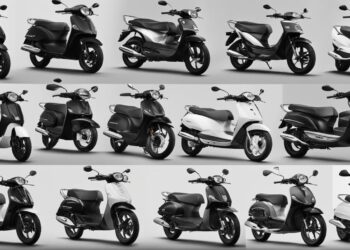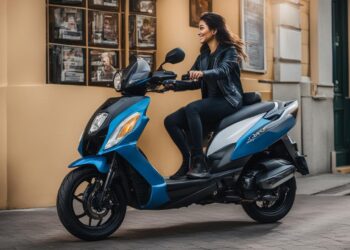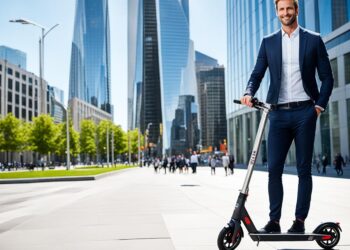In recent years, electric scooters have become extremely popular as a convenient and environmentally friendly means of transportation. Their stylish appearance and effective electric motors make them a enjoyable and efficient way to travel in bustling city environments.
Nonetheless, many potential riders often wonder about the ability of electric scooters to handle uphill terrains. This article aims to explore the uphill capabilities of electric scooters and highlight the factors that influence their performance on inclines.
Can Electric Scooters Go Uphill?
Electric scooters are equipped with powerful electric motors that provide them with sufficient torque to tackle uphill slopes. However, the uphill performance of electric scooters can vary depending on several factors, including the power of the motor, the weight of the rider, the gradient of the slope, and the condition of the scooter’s battery.
The Power of the Motor
The power of the motor plays a crucial role in determining the uphill capability of an electric scooter. Scooters with higher wattage motors generally offer better uphill performance as they can generate more torque. When considering purchasing an electric scooter for tackling uphill terrain, it is recommended to opt for a model with a motor power rating of at least 250 watts.
Rider Weight
The weight of the rider is another important factor that influences the uphill capability of an electric scooter. Heavier riders may experience slightly reduced uphill performance compared to lighter riders. However, most electric scooters are designed to accommodate riders of varying weights and can still handle moderate inclines with ease.
Gradient of the Slope
The steepness or gradient of the uphill slope significantly impacts the performance of electric scooters. Scooters are generally more efficient on moderate inclines compared to steep hills. It is important to note that while electric scooters can navigate uphill, there may be limitations on the maximum slope they can handle. It is recommended to consult the manufacturer’s specifications to determine the scooter’s maximum incline capability.
Battery Condition
The condition of the electric scooter’s battery also plays a role in its uphill performance. As the battery depletes over time, the scooter’s overall power output may diminish, impacting its ability to tackle steep inclines. It is essential to maintain the battery of the electric scooter and ensure it is fully charged before embarking on uphill journeys.
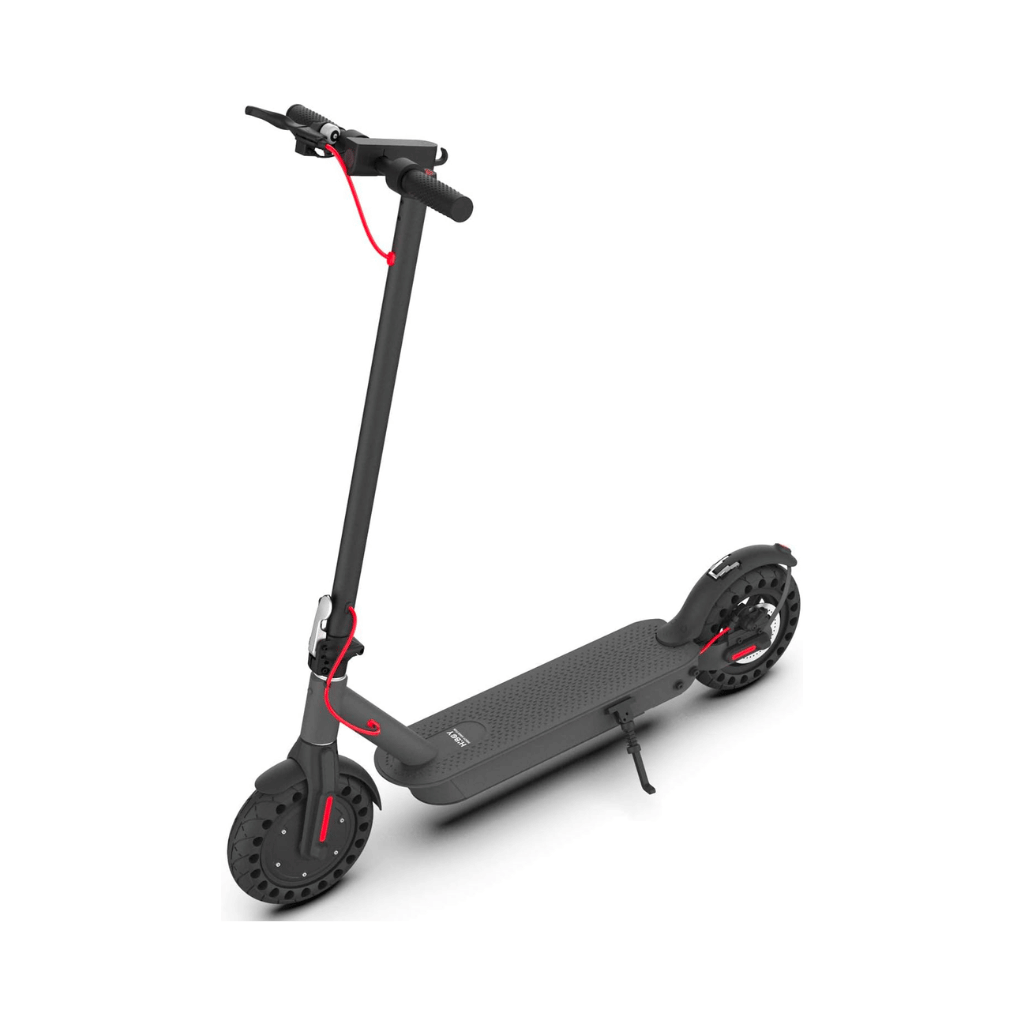
Factors Affecting Uphill Performance
Apart from the specific characteristics of the electric scooter, several other factors can influence its uphill performance. Let’s explore these factors in detail:
Tire Size and Traction
The size of the tires and the traction they provide are crucial for maintaining stability and grip while ascending uphill slopes. Scooters with larger tires generally have better traction, which aids in conquering inclines. Additionally, some electric scooter models are equipped with specialized off-road tires or all-terrain tires that offer enhanced grip on uneven surfaces.
Weight Distribution
The distribution of weight on the scooter can affect its balance and stability while going uphill. Riders should strive to maintain a balanced posture and distribute their weight evenly to optimize the scooter’s performance on inclines. Leaning forward slightly can also help improve traction and control.
Riding Technique
The way riders navigate uphill slopes can impact the scooter’s overall performance. When faced with an uphill challenge, it is advisable to maintain a steady speed and avoid sudden acceleration or braking. Gradual acceleration and deceleration help maintain stability and prevent the scooter from losing momentum.
Environmental Factors
Environmental factors such as wind resistance and road conditions can influence the uphill performance of electric scooters. Strong headwinds can make ascending slopes more challenging, requiring the rider to exert additional effort. Similarly, uneven or poorly maintained roads may affect traction and stability, making it harder for the scooter to climb uphill.
FAQs about Uphill Performance of Electric Scooters
Here are some frequently asked questions regarding the uphill capability of electric scooters, along with their answers:
Q: Can electric scooters go uphill faster than regular scooters?
A: Electric scooters have the potential to provide faster uphill speeds compared to regular scooters. Their electric motors offer instant torque, allowing them to accelerate quickly on inclines.
Q: Are electric scooters suitable for steep hills?
A: While electric scooters can handle moderate inclines with ease, their suitability for steep hills may vary. It is recommended to consult the manufacturer’s specifications to determine the maximum incline capability of a specific model.
Q: Do electric scooters lose power when going uphill?
A: Electric scooters may experience a slight decrease in power output when navigating uphill due to increased motor workload. However, most scooters are designed to maintain sufficient power to tackle uphill slopes efficiently.
Q: Can electric scooters go uphill with two riders?
A: The ability of an electric scooter to go uphill with two riders depends on various factors, including the power of the motor and the combined weight of the riders. It is advisable to consult the manufacturer’s guidelines to ensure the scooter can handle the additional load.
Q: Are electric scooters more efficient uphill or downhill?
A: Electric scooters are generally more efficient while descending downhill due to regenerative braking systems that help recharge the battery. However, they are still capable of handling uphill slopes effectively.
Q: Can electric scooters go uphill in rainy or snowy conditions?
A: It is not recommended to ride electric scooters uphill in rainy or snowy conditions due to safety concerns. Wet or slippery surfaces may affect traction and control, posing a risk to the rider’s safety.
Conclusion
In conclusion, electric scooters possess the capability to conquer uphill slopes, making them a versatile mode of transportation. Their powerful motors, combined with factors such as motor power, rider weight, slope gradient, and battery condition, determine their uphill performance.
By understanding these factors and adopting appropriate riding techniques, riders can confidently navigate uphill terrain with their electric scooters. So, the next time you’re faced with an uphill challenge, hop on your electric scooter and enjoy the ride!

